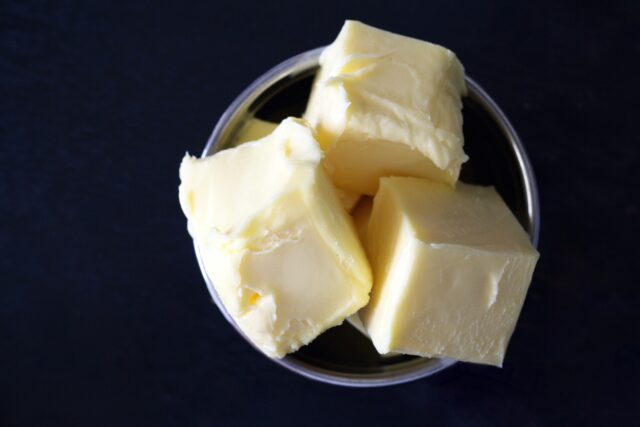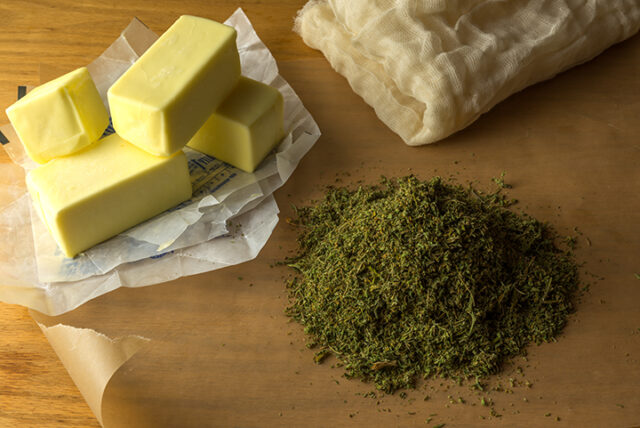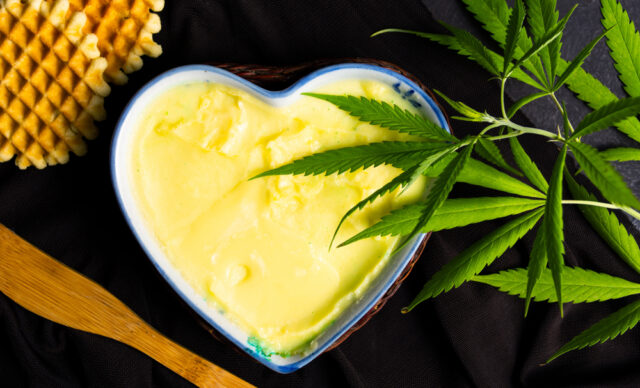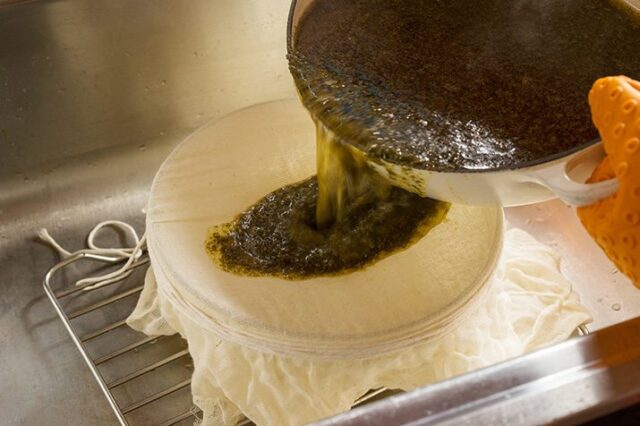
With the groundbreaking implications of the 2018 Farm Bill, hemp-derived cannabidiol (CBD) is now legal (barring a few state-based exceptions) at the federal level. For the most part, this means that anyone can enjoy CBD-infused products for either recreational or therapeutic use.
Not surprisingly, many people have advantaged the offer. Primarily, cannabidiol offers a therapeutic platform sourced from organic compounds. This format contrasts sharply with exotic pharmaceuticals concocted in laboratories and the efficacy of which has been challenged due to recent negative events.
Secondarily, the introduction of CBD, which is a non-psychoactive organic compound inherent in the cannabis Sativa plant, has changed the way we look at the green industry. No longer a niche habit of stoners and vagrants, medicinal and health-centric cannabis has gained tremendous credibility.
As well, the flexibility of CBD appeals to those who previously never considered cannabis-based products. For instance, CBD-infused edibles and beverages (like ones from Nugrepublic) have garnered intense interest lately. Furthermore, with product categories such as CBD oils (or tinctures), it’s very easy to concoct your own CBD-boosted recipes.
For this article, we’ll zero in on an American dietary favorite: butter.
1Why CBD-Infused Butter

There’s no mystery why the concept of CBD-infused butter has gained popularity, along with other forms of cannabidiol-based edibles: butter is a common staple in this country and Americans eat a brick load of it.
According to a 2017 report from Money.com, we collectively ate 940,000 metric tons of butter, which was 8% higher than the 2016 consumption rate, according to the U.S. Department of Agriculture. Moreover, at that level, it was a multi-decade record extending back to 1967.
Now, you’ll often hear alarming reports about excessive consumption of butter. Logically, this is sage advice. Anything in excess – including something as seemingly benign as drinking water – can be harmful, even fatal. But in moderation, butter presents a viable component to our diet.
As Business Insider contributor Dina Spector argued, butter in the proper context is not a villainous food group member. Rather, with rational, controlled intake, the ingredient is a delectable addition to a healthy, well-balanced diet.
For one thing, Spector notes that butter “has no mysterious ingredients.” For the most part, butter is comprised of two ingredients: cream and sometimes salt. Essentially, what people are eating is cream that has been churned into thickened blocks.
Moreover, butter contains some vitamins and minerals, including vitamins A, D, E, and K. Furthermore, it offers a small amount of potassium, iodine, and calcium. While no means a substitute for wholesome foods, a modicum of butter is a complementary lift for almost any recipe.
2Health Benefits of CBD-Infused Butter

Explaining how cannabidiol-infused edibles and beverages became so popular is easy: throughout human history, several societies have used cannabis-based therapies for health and therapeutic applications. And with federal legalization for hemp and hemp-derived CBD, almost anyone can try cannabis without the stigma associated with prior generations’ mores.
Additionally, CBD-infused butter provides botanical end-users with another edible option that doesn’t involve sweets. While product diversity in the broader CBD market is massive and ever-growing, many if not most edibles focus on CBD-infused gummies. While they represent delicious, discreet treats that you can enjoy on the go, they invariably contain sugar or artificial sweetening.
That may not fly for those with specific dietary needs. For example, cardiologist Aseem Malhotra, in the British Medical Journal, refuted the idea that saturated fats are the primary drivers for heart disease. Instead, it could be sugar that’s both creating a cardiovascular health epidemic in addition to expanding Americans’ waistlines.
Typically, butter doesn’t contain sugar, providing a healthier alternative to CBD gummies. Furthermore, there are additional benefits to using CBD-infused butter:
● CBD is all-natural: Like organic butter, cannabidiol features no mystery or artificial concoctions. Instead, it’s a purely natural compound and therefore, has none of the severe side effects associated with pharmaceutical medicines. And, when used responsibly, CBD offers substantive accretive health benefits.
● CBD is non-psychoactive: Contrary to some of the misconceptions that surround the legal botanical industry, CBD-infused products contain either trace or no amount of tetrahydrocannabinol, or THC. Therefore, end-users can enjoy the myriad benefits linked to the cannabis Sativa plant but without the harmful psychoactive impact inherent in THC-laced marijuana.
● CBD has purported therapeutic uses: Although ongoing research is being conducted regarding CBD and its specific health benefits, a large consensus agrees that the potential for this naturally soured medicine is exciting. For instance, the Food and Drug Administration recently approved Epidiolex, a cannabis-based medicine used to treat epileptic seizures in young children.
It’s not a surprise, then, that the idea of utilizing CBD-infused butter has caught fire with both enthusiasts and botanical newcomers. With a simple addition, people can enjoy a new twist to an American favorite.
3How to Make CBD-Infused Butter

Although we’ve extensively discussed CBD-infused butter, you’ll probably notice that standalone cannabis-based butter has yet to hit the retail market. But not to worry: making your own is an incredibly easy process, requiring no culinary experience outside of turning on a stove.
To start, you’ll need three ingredients: butter (two cups worth), a cup of water, and 20ml of CBD oil (otherwise known as a tincture).
First, take your butter and chop it into smaller, manageable pieces. Next, put the chopped butter, the cup of water, and CBD oil in a small pot. Then, take the pot and apply low heat on it for two hours. Keep in mind that CBD boils between 320F° to 356F° and you’ll want to stay well below this range; otherwise, you risk burning out the cannabidiol, defeating the whole point.
After the two hours have gone, let the mixture cool. With the temperature down, pour your concoction into an airtight container. Then, put the container into the refrigerator. After a few hours, you’ll have converted your ordinary butter into CBD-infused butter!
As with any other CBD-based product, start small. Although cannabidiol doesn’t leverage the side effects often linked to pharmaceutical drugs, the organic compound affects individuals differently. It’s also possible that different platforms of CBD can induce different reactions.
Therefore, be smart and you can enjoy a lifetime of worry-free cannabidiol consumption.







